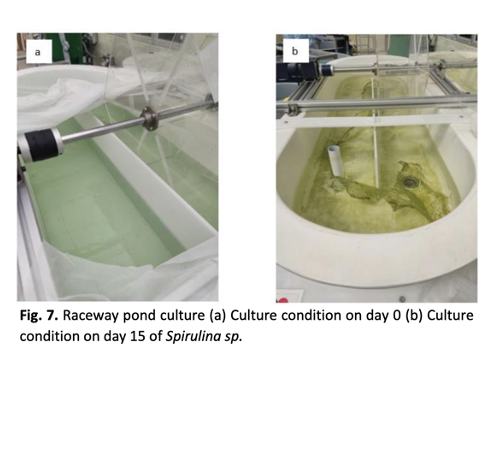Biopolymer Production from Microalgae in Different Culture Setting
Keywords:
Polyhydroxyalkonoate, microalgae growth, biopolymer, Spirulina sp. , Chlorella sp.Abstract
In modern days, the most prominent materials used in many aspects of human life are polymers. Without polymer it is impossible to see the advancement of nowadays technologies. The key source of polymeric content is fossil fuels, which are constantly decreasing. Therefore, it is utmost important to discover another alternative resource, especially from biological sources for the sustainability production of polymers. Biopolymers are polymers from renewable materials that are produce by plants, animals, bacteria, fungi and algae. In certain aspects, algae are one of the most promising species in the production of biopolymer. Microalgae that are left abandoned in the environment ultimately become waste material. With the use of their biomass, the wasted microalgae may provide a function. This research was carried out to determine the possible use of Spirulina sp. and Chlorella sp. microalgae strains for the biosynthesis of polyhydroxyalkonoate (PHAs) and study the effect of different culture setting toward the production of PHAs. In this study, the algae were cultivated in the lab scale for the selection of the best microalgae growth. The selected microalgae were then proceeded to be upscaled in the bottle culture and raceway pond system. The microalgae biomass was harvested during the stationary phase and the extraction of PHA was performed. The extracted PHAs were analysed using FTIR analysis in order to examine the purity, properties and composition of polymer produced for future used.
Downloads



















